When painting the interior of your home, there are several factors you need to take into consideration – one of which is temperature. If the temperature is too hot, the paint will dry too quickly and can cause problems. If it’s too cold, there may be issues with drying or curing. And humidity can also impact interior painting – if it’s too humid, the paint may not cure correctly and will dry slowly. So what are the ideal room temperatures for your interior painting project, and what can you do if it is not an ideal temperature for painting?
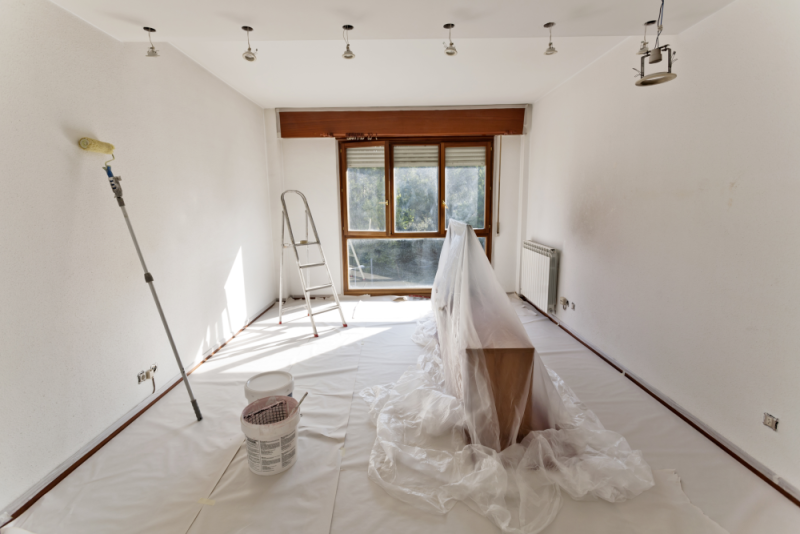
Best temperature range
The temperature either speeds up or slows down the painting, depending on if it is warmer or colder. The ideal range for house painting, especially interior painting, is when the temperature is between 50 and 85 degrees Fahrenheit or 10 to 27 degrees Celcius.
While this is a range, I would say that an ideal would be somewhere in the middle, around 67 Fahrenheit or 20 degrees Celcius. When you paint inside, you want to ensure that the air temperature falls within this range, as well as the surfaces you are painting.
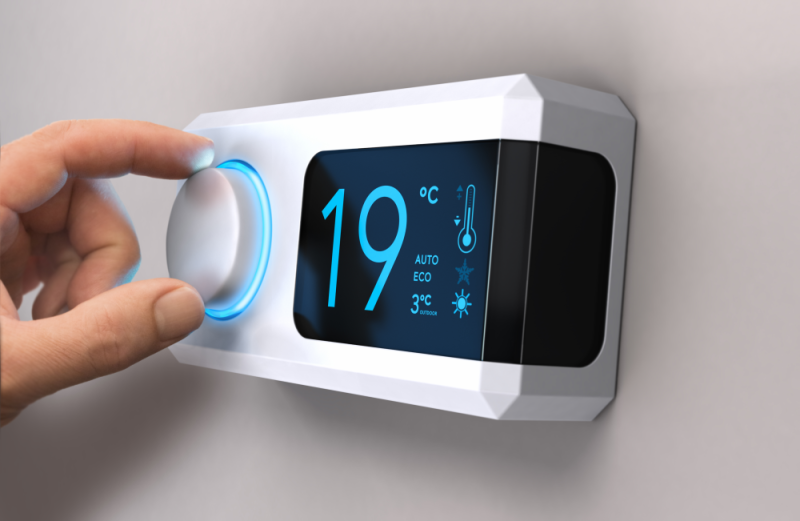
Painting in cold temperatures
In cold weather, you will need to make sure to monitor not only the interior temperature of the room but also the temperature of interior surfaces, such as trim or interior walls. If painting in colder temperatures, you will want to warm up the surfaces you are painting in addition to the air. This can be done by turning up the heat or using a space heater. Today’s innovative paints are much improved than acrylic or latex paint used only 20 years ago.
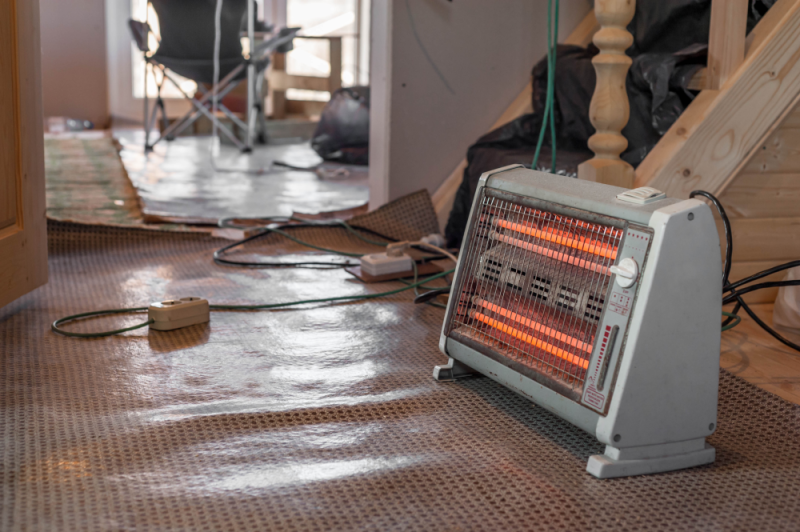
Don’t use a propane heater
whatever you do, when painting inside, do not use a propane heater to warm up interior surfaces. They can cause moisture issues, creating a lot of fumes that can harm the workers and the people in the house.
What temperature is too low for painting?
While you may be experiencing harsh cold outside and the exterior surface of the house may be below freezing this will not affect your house painting project as long as you can maintain at least the minimum temperatures. The biggest challenge will be in lower temperatures the humidity level can rise as moisture builds up inside. More moisture in the air slows down curing time. As a general rule, you can either use a dehumidifier or open a window. To save energy and be able to paint year round I would recommend having a dehumidifier on hand.
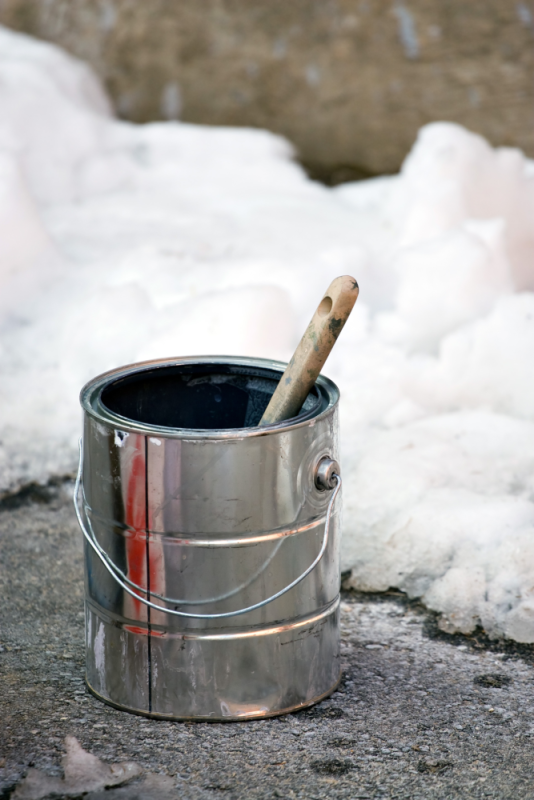
What about Interior Painting during hot weather?
In extreme heat paint can dry too quickly this will create a finish that is lacking in clarity and smoothness. The paint will also be much more likely to show brush and roller marks. To slow the drying time, you can turn on an air conditioner, add an extender or retarder to the interior paint, or use a humidifier. A paint extender or retarder is designed to slow
drying time and level out interior paints in hot weather. You can and will get a much better finish using a paint extender. On a sunny day, you will also need to be aware of direct sunlight which may cause paint to dry too quickly. Either paint out of the sun or add a paint extender.
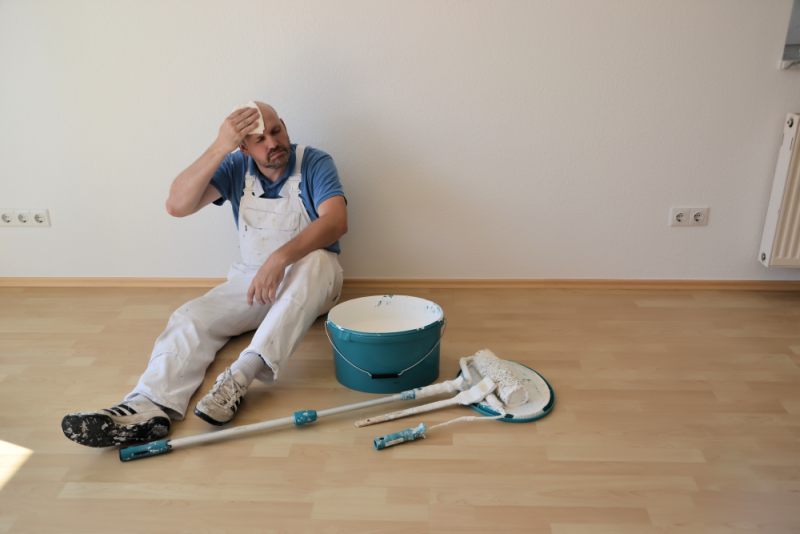
Humidity levels and how they impact a painting project
While very low humidity levels will cause the paint to dry quickly, high humidity levels can cause interior paint to take longer to dry and cure. A humidity of around 50% is ideal for interior painting but if it is too low or too high you must make sure that you address this before starting the project. If the humidity is too low, a humidifier can be used to increase the humidity and if it is too high a dehumidifier can be used to reduce the humidity. Having either of these on hand when the interior painting will help you maintain the ideal conditions for interior painting.
Interior painting temperature and types of paint
There are two main categories of paint, oil-based paints, which use mineral spirits as a solvent, and latex-based paints, which use water as a solvent. Today there are more innovative paints such as Benjamin Moore’s Advance which is a hybrid of the two. It is an emulsion or an oil-based paint suspended in water. You get the benefits of most oil-based paints with the ease of soap and water cleanup and the fast drying of latex paint. The paint formula for hybrid paint greatly reduces paint fumes as the solvent that evaporates is only water. This greatly reduces the fumes inside the house and the hybrid paint dries similarly to a latex-based paint.
Conclusion
The best drying and finishing conditions are when indoor temperature and humidity levels are in the optimal range of 10 to 20 degrees Celcius and 40 to 70% humidity, respectively. Do your research and find local painters with references and they will make sure that you get a good quality and professional job done.

